What is Manual Lymphatic Drainage like?
I’m a weighted blanket sleeper. I appreciate a heavy pressure massage.
As someone who identifies as neurodivergent, I’ve gotten massages in the past that I considered “too light”, i.e. not deep enough. And when that happens it can cause me to be more “on edge” than when I walked in for my session. That is stressful to my body and frustrating for my pocketbook.
However, I consider MLD to be different.
It is comforting despite the light pressure touch. It is not creepy crawly light.
“Why is that?” you ask.
To which my answer is: Skin stretching.
The anatomy of MLD
To understand how why this is the case, let’s talk anatomy for a minute:
While more traditional massage techniques focus on the muscular system, manual Lymphatic Drainage is concerned with the lymphatic system which is sandwiched between the epidermis and the muscles. Your lymph fluid hangs out in between these two areas.
The lymph system, unlike the cardiovascular system, doesn’t have a pump so it depends on skeletal muscle movement (i.e. The motions you do in everyday life) and the tiny open and shut motions of the lymph collectors which depend on the stretching of the skin that happens when you move around. These tiny motions are so impactful that pressing too hard, past the lymph system and into the muscle, is counterproductive.
It's the skin stretching portion that a therapist trained in MLD knows how to do most effectively. “Most effectively” in this sense often means at a rate as close to the bodies healthy rate as possible.
A healthy rate of lymph movement, i.e. “lymphangiomotoricity” is about 100 milliliters per hour in the thoracic duct and 25 milliliters per hour in other lymph vessels. This slow and intentional rate of movement combined with the intentional lack of pressure on the muscle belly means that, after the muscles understand what’s happening, the muscles know that they’re not the target so they can rest.
In addition, because of the rhythmic nature inherent in this treatment, folks often describe it as “comforting” or “like being held” or “the touch I didn’t realize I was missing. The combination of confident and gentle touch allows the body to relax in a way that a more traditional massage may not.
Still not sold?
That’s okay. This service isn’t for everyone.
I’d be happy to talk more about it if you have any questions.
Click here to call
Click here to text


